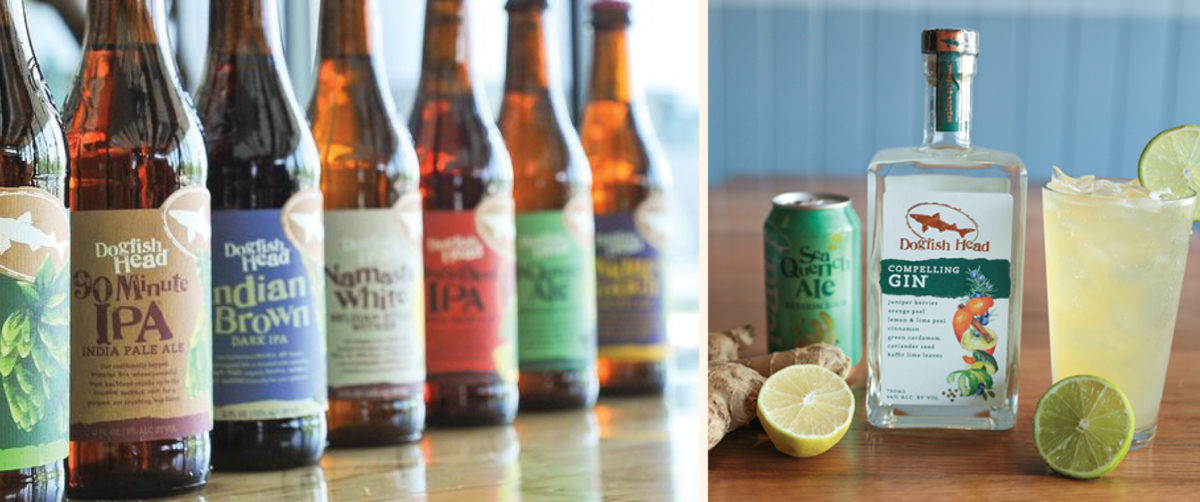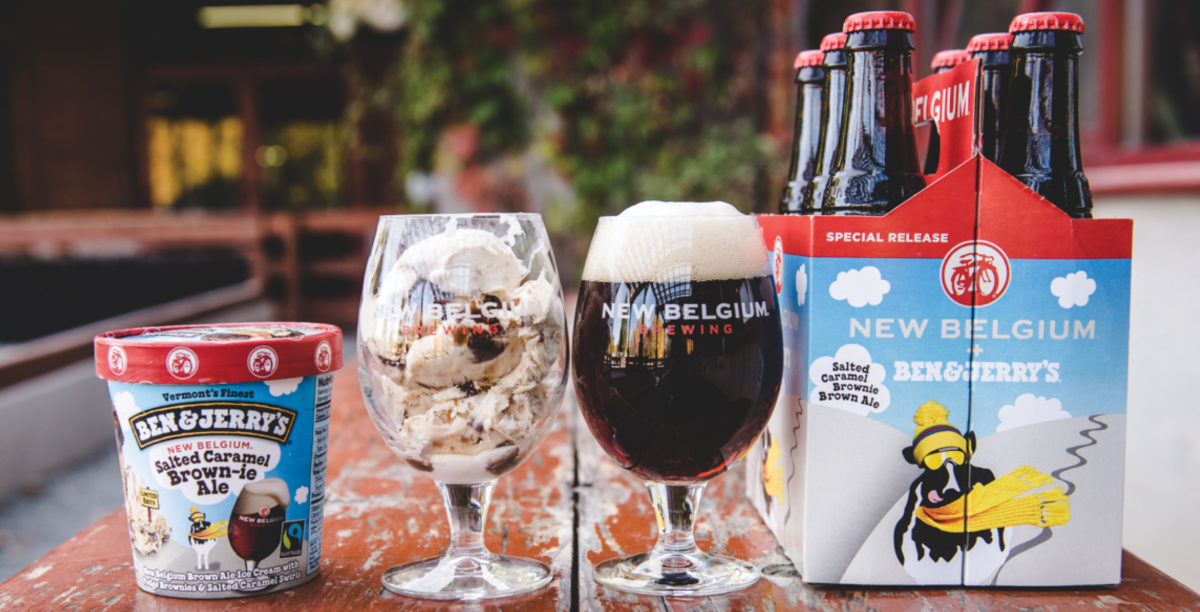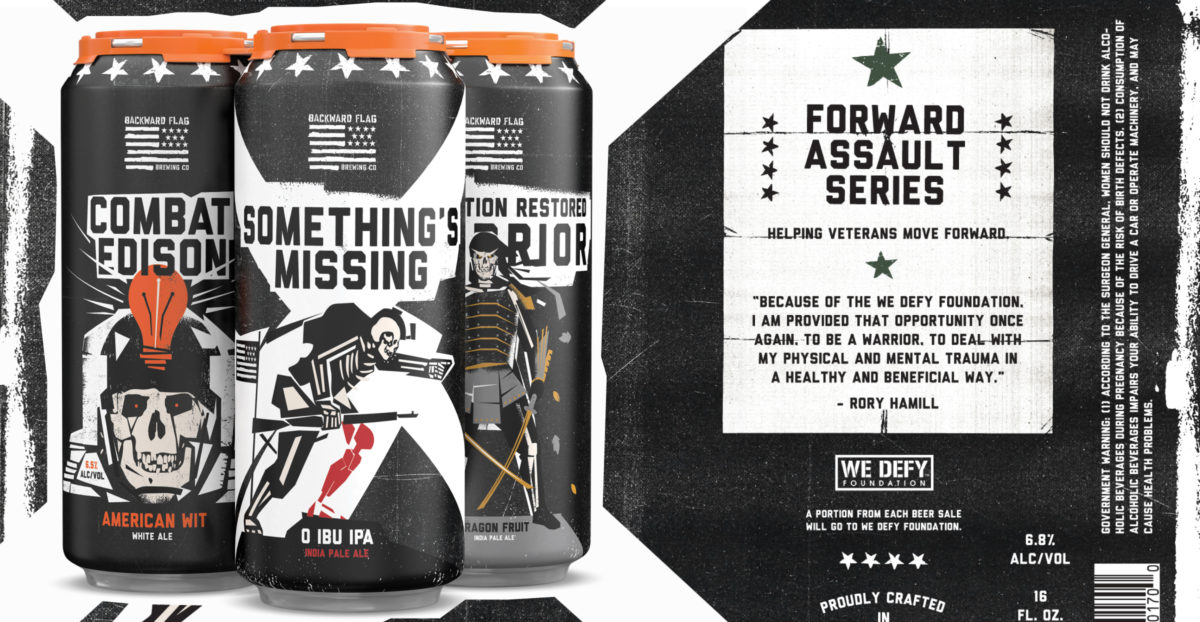New brand rollouts can be prohibitively expensive for any brewery—far more so for the regional and national players. Think of all the moving parts. By the time you’ve completed the package design process (including researching the competition, design fees, registering new trademarks, printing thousands of cases / cans / bottles / etc.) and have planned out both on- and off-premise promotion, you’re staring down a staggering bill for even a single product rollout. All of this, and we haven’t accounted for the time (and sheer coinage) that goes into developing the beer recipe itself.
What’s worse: any wholly new addition to the portfolio can be a gamble. Brut IPAs are hot right now. Will they continue to be hot a year from now? Uncertainty sets in, and your mood darkens. Mysteries abound. You toss and turn at night. “We can move 10,000bbls of this, right?” Rather than take on the risk of rolling out a completely untested offering—one that may or may not please your current fans at volume—why not add a twist to an old favorite? Maybe a different hop bill, a rotating type of yeast, or maybe even some sort of seasonal/local adjunct?
By using your established brand’s name and reputation, you can lend that level of trust to the new beer, mitigate risk and achieve velocity with greater immediacy.
When weighing your options for a line extension, it’s important to remain cognizant of the reason customers loved your product in the first place. If you overplay your hand and stray too far from what brought you to the dance, loyal supporters may get confused. At best, you’ll look a little listless: as though you’re throwing different ideas at the wall to see what sticks. At worst, former supporters will come out in droves (possibly armed with pitchforks) to wreak vengeance upon you for sullying their favorite beer.
Brand Extension
A brand extension, by contrast, occurs when an existing brand launches a product into an entirely new category. You’ve won over customers with a great product and killer service… Why not cash in on all that goodwill and ask them to try something new?
Example: A popular brewery opens a distillery under the same (or similarly-themed) name. Or, that same brewery uses its spent grain to make new products, like candles or dog treats.






